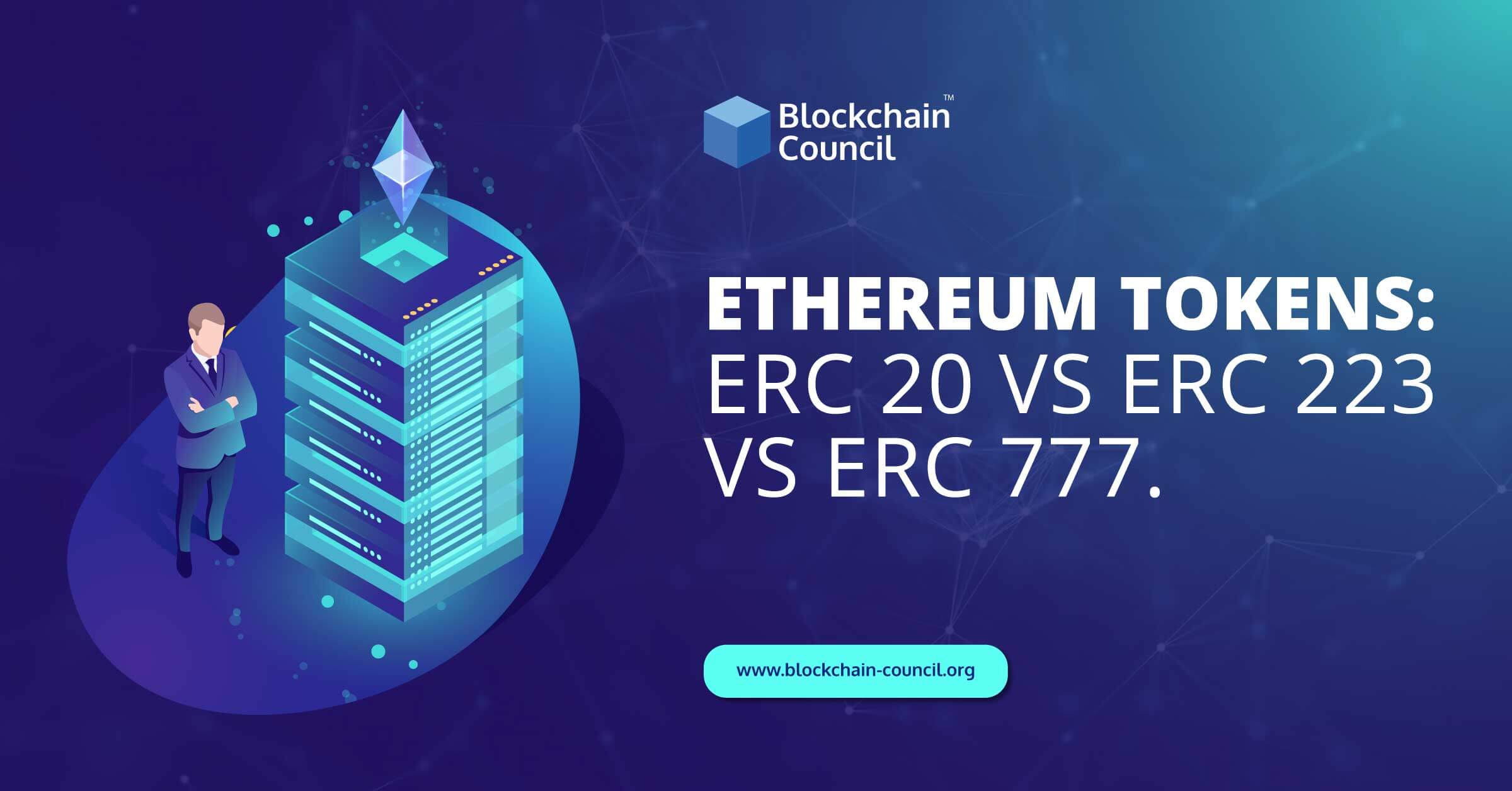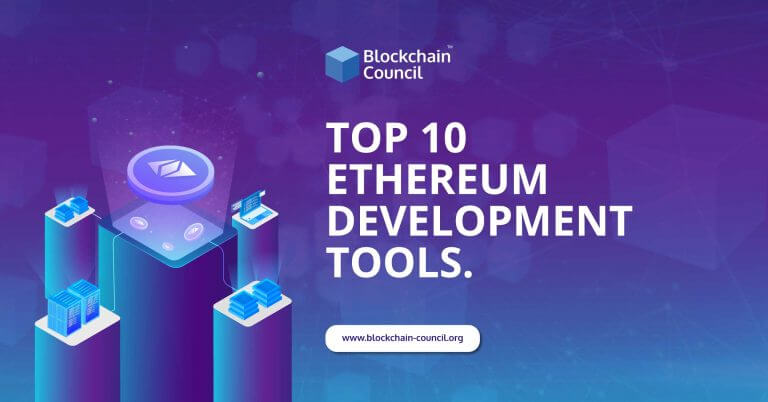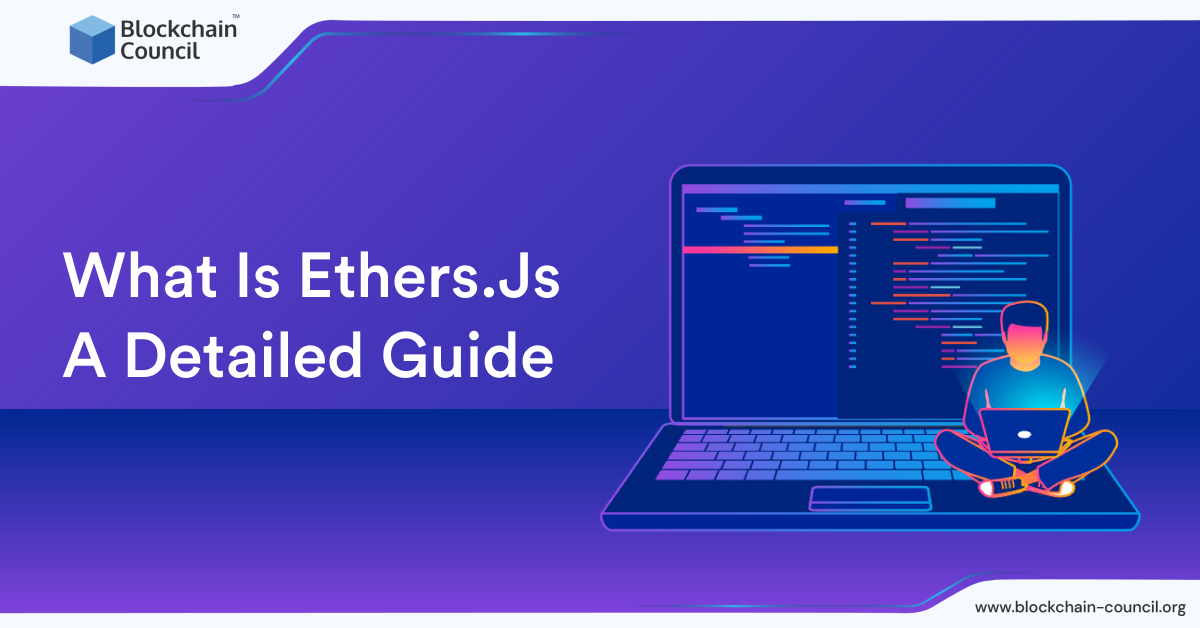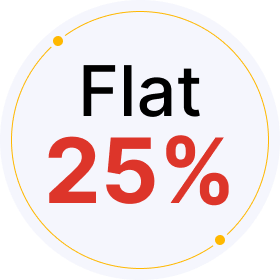
- Toshendra Kumar Sharma
- May 09, 2022
Ethereum has risen to prominence as one of the main forces behind cryptocurrency adoption since its launch in 2015. Tokens represent a wide range of digital assets in the Ethereum system, including coupons, promissory notes, and even physical things. Smart contracts established on the Ethereum network are known as Ethereum tokens.
What are ERC Token Standards and Why are They Needed?
ERC token standards (such as ERC20) are often merely interfaces that your contract must implement to be designated as a specific sort of token. There are fungible (such as money) and non-fungible standards (like artwork). These guidelines explain what your contract must have in order to be considered compliant.
You can include the functions that aren’t mentioned in the standards. However, if you can only connect to your contract via the standard’s functions, make sure you can still use it. Wallet users may not be able to access some of your features if you can’t.
-
Need for Standards
In the past, if two organisations wanted their applications to communicate to one other, they had to create a special API layer to allow the two apps to connect. This would be a one-of-a-kind API that could not be reused. Another API layer would have to be built if the app wished to communicate with a third app. The apps would be able to interface with one another without any additional work if there was a standard in place.
There are hundreds of tokens, and communicating with each one would be nearly impossible without token standards. If a wallet wants to connect with several tokens, it would have to design individual interfaces for each one. This is not a scalable solution. We have standards in place so that a wallet service can implement only one standard and communicate with hundreds of tokens. It also implies that your contract will be able to trade with other token contracts without difficulty.
What is ERC-20 and How Does it Work?
In some ways, ERC-20 tokens are value-added blockchain assets that may be exchanged like bitcoin, Litecoin, and any other cryptocurrency. ERC-20 token is one of the most significant Ethereum tokens. The ERC-20 specification has become the industry’s existing standard.
ERC-20 is a collection of rules and regulations that must be followed by all Ethereum-based currency. On the Ethereum network, it’s utilized to distribute tokens via smart contracts.
ERC-20 tokens are distinguished by the fact that they are issued on the Ethereum blockchain network rather than on their own blockchain.
The ERC-20 Standard Defined Set of Rules
On Ethereum’s main network, there were roughly 508,074 ERC-20-compatible tokens as of March 24, 2022.
The ERC-20 is significant because it establishes a set of regulations that all Ethereum currencies must adhere to. Only a few restrictions govern how tokens may be transferred, transactions can be conducted, users can access token data, and the overall quantity of tokens available.
As a consequence, this token enables all types of developers to predict how future tokens will behave within the Ethereum system with pinpoint accuracy. This simplifies the process for developers; they may continue working without having to build new projects every time a new token is introduced, as long as the token complies with the regulations. This compliance is also necessary since it assures that the many different tokens created on Ethereum are compatible.
Fortunately, the ERC-20 standard has been adopted by the great majority of token developers, implying that the bulk of tokens generated through Ethereum initial coin offerings complies with the standard.
Basic Attention Token (BAT), Augur (REP), Maker (MKR), and OmiseGO (OMG) are a few examples of the popular ERC-20-compliant digital currencies. If you wish to buy any digital currency that has been published as an ERC-20 token, you’ll need an ERC-20-compatible wallet. Because ERC-20 tokens are so popular, there are a slew of wallet options available.
Six Different Coding Functions were Specified by ERC-20
For the benefit of other tokens in the Ethereum system, ERC-20 provides six distinct implementation coding functions.
The six fundamental code functions for ERC-20 token implementation are as follows:
- Total supply
- Balance of
- Allowance
- Transfer
- Approve
- Transfer from
These code methods are crucial for user/token implementation, as they determine the quantity of tokens in circulation, store and return balances, request and approve transfer and withdrawal requests, and agree to automated transfers, among other things.
This set of functions and signals, when combined, ensures that Ethereum coins of various sorts work consistently in any location within the Ethereum system. As a result, practically every digital wallet that accepts ether also accepts ERC-20-compliant tokens.
How does ERC-223 Work and What is it?
ERC-223 is a protocol upgrade for the ERC-20 protocol created by an Ethereum developer identified on Reddit as “Dexaran” as a remedy to the ERC-20 problem.
The abbreviation for “Ethereum Request for Comment” is “ERC.” Smart contracts underpin the ERC 223 token platform, allowing users to safely transmit tokens to a digital wallet.
Because Ethereum has implemented tokenization rules, the process is made easier. Depending on how the application is planned to work, distinct categories can be tokenized using different standards.
The Ethereum tokens ERC-20, ERC-721, and ERC-777 are among the most extensively used.
The ERC-20 standard is quite useful, although it is far from ideal. One particularly critical ERC-20 design flaw (ERC-20 bug) enabled coins to be lost when users accidentally sent tokens to a smart contract using the same mechanism, they used to transfer tokens to a conventional wallet.
Unfortunately, over $3 million in ERC-20 tokens have already been lost as a result of this.
ERC-223’s architecture addresses this problem by allowing users to move tokens to smart contracts and wallets that provide the same purpose. Furthermore, ERC-223 tokens are more efficient than ERC-20 tokens since transactions only require one step rather than two.
While resolving the aforementioned problems, ERC-223 keeps all of the original functionality. The new standard adds features and capabilities to ERC-20 that solve some of the most critical concerns, especially when dealing with other smart contracts.
A parameter in the ERC-223’s transfer function confirms if the destination address is a smart contract. If this is the case, the transaction will use the smart contract’s token Fallback function to return the tokens to the sender’s account, following which the tokens will be transferred to the smart contract. Because the new transfer mechanism now works for smart contracts as well, no tokens are lost.
The ERC-223 token has the following advantages
- To maintain a seamless flow of transactions, the ERC-223 token is driven by automated smart contracts.
It keeps user transaction details transparent. - It is totally decentralized, removing the need for middlemen like banks and letting users save money on gas fees and wait times.
- The ERC-223 token development platform allows investors to earn rapid liquidity as well as a high rate of return on investment as a passive income.
- It enables the deposit of tokens into a contract in a single transaction. This stops the blockchain from becoming even more bloated.
- The ERC 223 token creation platform has multi-level security features including HTTP authentication, end-to-end encryption, and escrow protection to prevent hacking.
- Token transactions are carried out in the same way as Ether transactions are carried out.
What is ERC-777 and How does it Work?
ERC-777 is an Ethereum-based token standard for fungible tokens that is completely interoperable with existing decentralized exchanges.
To put it another way, the ERC-777 tokenization standard relates to Ethereum’s blockchain protocol, which defines the types of tokens that are interoperable with ETH.
It helps to remove uncertainty regarding decimals, minting, and burning by facilitating complex token exchange transactions. It makes use of a hook, which is a particularly useful characteristic.
A hook mechanism is activated when tokens are given to a computer-based analytical contract, which simplifies how accounts and contracts communicate while receiving tokens. Furthermore, ERC-777 tokens are much less likely to become caught in a contract, which has been an issue with ERC-20 tokens in the past.
ERC777 is a standard for producing tokens on the Ethereum Blockchain, similar to ERC20. Hooks are built-in to the standard. If you send ETH to a smart contract, it will be notified of the transaction through hooks, which is a functionality that ERC20 tokens lack. This standard has the following advantages:
It works in the same way as Ether in that tokens are sent using the send function (dest, value, data).
The received code is triggered when tokens are received. When it comes to ERC20 tokens, however, they migrate from one smart contract to the next, with just the ERC20’s issuer changing within the smart contract. This sort of call cannot be made twice, thanks to ERC-777.
The ERC-777 makes advantage of the new ERC-820 standard, which enables the registration of contract meta-data for rudimentary introspection. This enables for both backward and forward compatibility as well as the addition of new features. Contracts that are ERC-777 communicate in the same manner as ERC-20 contracts do.
The recipient contract is instantly alerted that the transfer occurred thanks to the addition of a new transfer function that contains a field called bytes where you may add any identification information to the transfer.
Anyone may add additional functionality to ERC-777 tokens, such as a mixer contract for greater transaction secrecy or an emergency recovery tool to help you retrieve your private keys if you lose them.
Although ERC-777 had some early security issues that have now been rectified, it, like any other token, may have certain downsides. As a result, newer versions, such as ERC-820, have already been released.
Conclusion
Tokens are contract value counters. Standards enable tokens to be more standard and to be adopted and used more widely. Thousands of token standards exist, but only a few are widely adopted. Standards are suggested as ERCs, and if enough favourable community comment has been obtained, they are formalised as an EIP (Ethereum Improvement Proposals).
Through interfaces, token standards improve interoperability. Through these interfaces, exchanges, other tokens, and wallets may communicate with thousands of tokens at once. The ERC20 token interface is widely used in newer standards for fungible tokens since it makes the standard easier to implement.
If you want to learn blockchain technology in depth, then Blockchain Council’s extensive certification courses are available for you. These courses are drafted to provide in-field experience along with theoretical knowledge. Just enroll in the course that best meets your expectations.


































































 Guides
Guides News
News Blockchain
Blockchain Cryptocurrency
& Digital Assets
Cryptocurrency
& Digital Assets Web3
Web3 Metaverse & NFTs
Metaverse & NFTs
